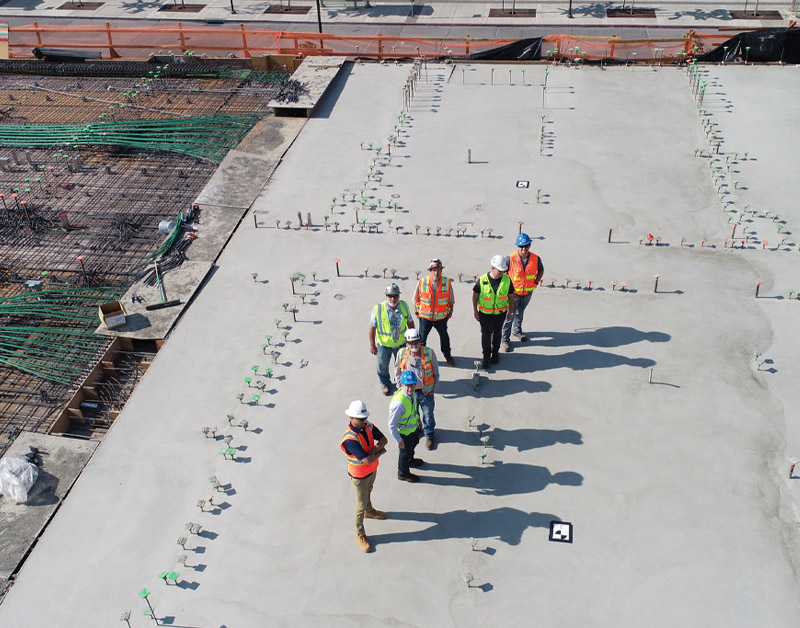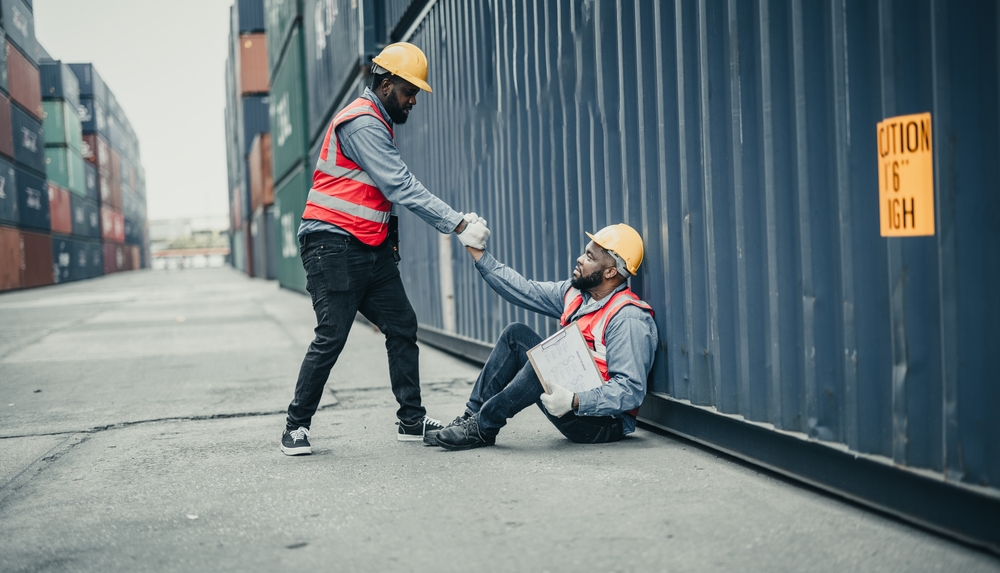Is Workplace Safety Culture the Same as Organizational Culture?
We’ve recently been asked the question: “Is safety culture the same as organizational culture?” In a moment where “culture” is a topic of conversation in any workplace context, it’s important to clarify these two concepts. Let’s start with some definitions…
Organizational Culture: According to an article from Harvard Business Review, culture is “consistent, observable patterns of behavior in organizations” – the repeated habits and behaviors of everyone around the organization. In other words, it’s “the way we do things around here.”
Safety Culture: Safety culture is the collection of the beliefs, perceptions and values that employees share in relation to risks within an organization, such as a workplace or community.1 It is the core values and behaviors resulting from a collective commitment by leaders and individuals to emphasize safety over competing goals to ensure protection of people and the environment.2
By these definitions, safety culture is a part of organizational culture
The organizational culture shapes and limits the “safety culture,” which is a subset of the overall culture. While safety cultures relate specifically to practices that impact employee wellbeing and safety, it develops within the context of the organizational culture’s broader values and norms. The organizational culture either facilitates or hinders the emergence of a strong safety culture depending on how it addresses safety and employee welfare.
Both are essential to producing a more engaged and committed workforce where every employee seeks to better themselves, their peers and the company. Building a strong organizational culture can be a lengthy and involved process but starting with a workplace safety culture provides a foundation for growth. The principles learned through safety will become applicable to other functions of the business and personal development.
So, where do we begin?
Start with Workplace Safety Culture for Strong Organizational Culture
Initiating organizational cultural change starting with workplace safety ensures buy in, commitment and engagement, which results in reinforcing changes and minimizing the time required to change the organizational culture, because:
- Everyone agrees with improving safety (it’s the right thing to do)
- It’s already measured (current safety performance)
- Shows organizational concern and commitment to employees and community (social responsibility)
- Leading and predictive measures ensure desired outcomes (behavioral reliability)
- Everyone has an equal role in the process (engagement at every level)
- Safety is directly or indirectly related to every business process (safety performance is a result of ALL other decisions)
- Workers feeling safe leads to increased productivity (along with increased profitability)
- Safer companies are more desirable employers (recruiting advantage)
- Focusing on exposure-based behaviors, processes and systems leads to desired improvements in other areas (continuous improvement mindset)
- The Team Approach drives collaboration (decreased barriers between departments)
Safety Culture Starts with Leadership
For true sustainability, safety culture must be led by senior management with a value and commitment for safety that is shown through behaviors and the implementation of a safety culture program that employees will believe in. Senior leaders must demonstrate the importance of safety management through consistent messaging, dedicated resources, and personal accountability. A program to improve safety culture will only succeed if leadership actively models the values and priorities of safety in their own decisions and actions.
Key characteristics of this type of leadership include:
- An obsession for continuous improvement
- Reliable patterns of behavior to demonstrate a commitment to safety
- Priorities for handling safety related concerns
- Continuous learning in other areas in addition to safety
- Care and concern for exposures shared across the workforce regardless of the stated policies
- Ability to leverage moments of safety transformation
If you’re looking to improve culture, begin with safety leadership education and coaching for the best results in the shortest possible time-frame. However, remember that this won’t happen overnight. It’s a long game and requires leadership and dedication over an extended timeframe. Leaders must consistently reinforce desired changes through their messaging, decisions, and allocation of resources. Like anything that’s worth doing, find the courage to commit, put the plan in place, and get started. The results are worth the effort.
1 As found in Communicating Risks to the Public: International Perspectives (Risk, Governance and Society)
2 As stated by the U.S. Nuclear Regulatory Commission
Attributes of a World-Class Safety Culture
Achieving excellence in safety culture requires an organization-wide commitment to key values and practices. Characteristics of a world-class safety culture include:
- Safety as a core value with top-down commitment
- Proactive risk assessment and hazard prevention
- Open communication and collaboration to identify risks
- Blame-free incident reporting that drives organization-wide learning
- Widespread employee involvement and ownership
- Leveraging technology and automation to engineer out risks
- Training and education to establish individual responsibility for safety
With these attributes deeply ingrained throughout all aspects of operations, organizations can work toward the goal of completely eliminating workplace injuries and accidents. When safety is treated as an essential priority rather than an afterthought, a culture emerges where risks are anticipated, mitigated, and learned from on the journey toward workplace safety excellence.
About Amerisafe Group
Amerisafe Group provides comprehensive safety services for a diverse range of industries, including oil/gas, manufacturing, construction, and transportation. With expertise in safety consulting, industrial hygiene, staffing, training, and auditing, our experienced consultants handle safety issues of any scope or size. We take pride in our ability to understand each client’s unique needs and objectives in order to provide customized solutions that improve workplace safety and health. As a versatile safety partner, Amerisafe Group helps clients across a wide variety of sectors establish effective safety programs and foster a strong culture of safety. Our cross-trained consultants are committed to advancing the safety goals and priorities of every client we work with.
Frequently Asked Questions
Safety culture is distinct from, yet constrained by, overall organizational culture. While organizational culture is broad, safety culture specifically relates to beliefs and attitudes about risk, accidents, and employee health. An organization’s priorities shape the emergence of its safety culture—a solid organizational culture facilitates a positive safety culture, while a negative or indifferent culture hinders it.
A safety culture refers to the shared attitudes, beliefs, and values within an organization relating to safety, risk, and accident prevention. Safety cultures involve the extent to which safety behaviors and concern for employee wellbeing are embedded in the organization’s priorities and practices.
An organization’s culture is important because it shapes priorities, attitudes, and behaviors throughout the organization. A strong, positive organizational culture aligns workers around shared goals and values, which improves collaboration, engagement, and performance. Culture also determines the practices, processes, and structures that emerge in an organization.
There are several major types of organizational culture:
- Clan culture is collaborative, people-focused, and emphasizes empowerment and teamwork.
- Hierarchy culture is structured, controlled, and focused on following procedures.
- Market culture is results-oriented, competitive, and prioritizes achieving goals.
- Adhocracy culture is dynamic, entrepreneurial, and encourages innovation and risk-taking.
Organizations often have aspects of multiple culture types, but usually one is more dominant that shapes values and behaviors. Understanding the different culture types can help leaders better align their culture or shift it to meet changing needs.








